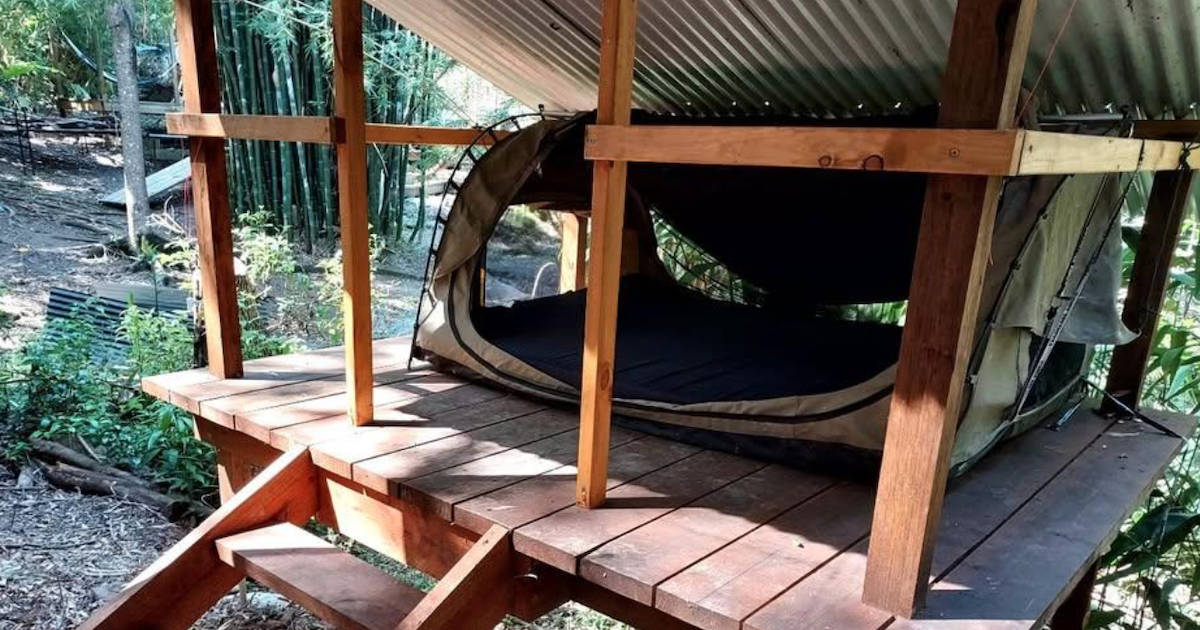All in a day’s work for author

Chase Day on her donkey, dressed in full military uniform on ANZAC Day and, her book cover. Photos - submitted
By Carol Saffer
Four horses, two ponies and six donkeys cohabit with Chase Day and her husband, Keith, on 22 acres in Mt Egerton.
Like everyone else, as a young girl, Ms Day was horse-crazy at primary school.
“When I was six, I was given a push bike,” she said.
“I told my mum to sell the bike and get me horse riding lessons instead.”
She is passionate about animal welfare and history and has been interested in the development of Australia’s equines since buying her first Waler horse 13 years ago.
Walers are the horse breed, purpose-bred as Army remount horses, ridden by Australia’s Light Horse Brigade during WWI.
She and her husband have participated in Australian Light Horse re-enactments, including ANZAC Day’s centenary.
A lifelong horse lover, she recently added donkeys to her menagerie.
“Donkeys are nowhere near as popular as horses, yet they crave human contact,” she said.
“They are friendlier than horses; super social and love us spending time with them every day.”
“I love the animals; riding them is secondary to having them around me.”
During the Covid lockdown, people were asked to stand at their gate on Anzac Day.
Ms Day donned her Army regalia, mounted one of the donkeys and trotted down to the gate.
“While not historically accurate, it was my way of celebrating donkeys used to carry the wounded during the War,” she said.
Her love of donkeys prompted her to write The Australian Teamster Donkey, Heritage Management and Future, published in November 2021.
“I looked for a book about donkeys to find out more about them but couldn’t find anything, so I had to write one,” she said.
“It’s not going to make me money.”
The book’s purpose is to legitimise teamster donkeys’ role in the early years of Australian history.
Donkeys are not native to Australia, but as desert animals, teams of them helped early colonists open up the interior and supply remote outback stations.
This was around the same time as the camel’s introduction to Australia.
The donkeys, imported from around the globe, developed into a unique donkey breed, known as teamsters, suited for the harsh Australian environment.
The rise of mechanisation eventually made them redundant; many were turned loose and forgotten.
Ms Chase said Australians get upset about the treatment of brumbies in the high country, yet millions of donkeys are running around the outback; more wild donkeys than anywhere else in the world.
“They are hunted and shot by helicopter, they are in demand as ingredients for traditional Chinese medicines, and most Australians are unaware of this treatment,” she said.
“They are considered vermin; everyone gets upset about the brumby’s treatment, but the teamsters are more vulnerable than brumbies.
“It is sad to think that donkeys were [and still are] treated as disposable.”


















